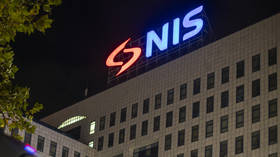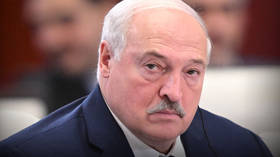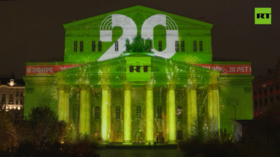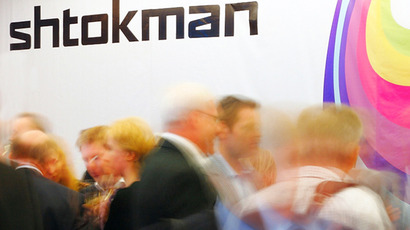Norway overtakes Russia as Europe’s biggest gas supplier
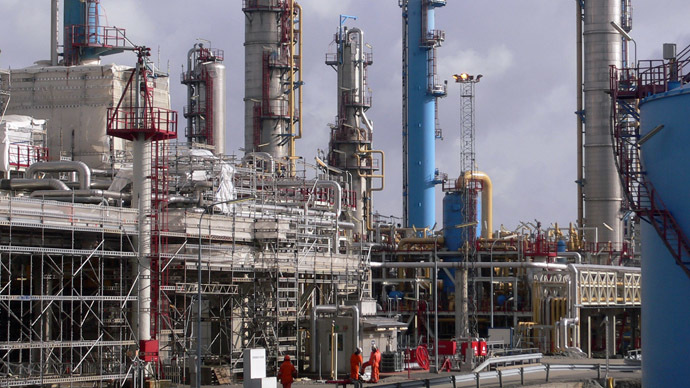
Russia lost its position as the main supplier of gas to EU last year as Gazprom exports fell by 10% knocked down by coal and high prices.
High gas prices in the EU coupled with cheap coal from the US,
have made coal a more attractive fuel for power stations,
according a new energy report from BP. On average, generating
power in Europe is 45% cheaper with coal than with gas, BP chief
economist Christof Rühl explains in the report. That’s why
Europe did not compete for liquid natural gas (LNG) and its
imports to Europe fell by 25%. EU imports from Gazprom also
dropped by 10%, as Russia’s gas prices are tied to oil prices and
therefore remained high, BP’s economist said. Norway’s gas
pricing is not pegged to oil and are therefore lower. Imports
from Norway rose 12%, and 2012 became the first year when Norway sold more gas to the EU than Russia,
Rühl said.
Gazprom CEO Aleksandr Medvedev circulated an email on June 24 in
which he reacts to a Financial Times article which claims that
the Russian gas monopoly is in decline and that it is losing its
hold in the EU market.
“Recently, Gazprom Export set a new record in daily gas
deliveries. We pumped 466 million cubic metres of gas to Europe
in a single day, pushing existing pipeline capacities to their
limits. And Gazprom posted a whopping $38bn profit in 2012. In
challenging economic times this is hardly a sign of
weakness,” euractiv.com quotes Medvedev.
Although Russia remains a key supplier to Europe, the country is
also seeking to diversify export markets for its gas to the
booming Asia Pacific Region betting on growing demand in emerging
economies.
Just 7 percent of Russia's gas exports were sold to Asian
consumers last year, all in the form of LNG, from the Sakhalin II
project, the Moscow Times reports. But Russia's gas exports
to Asia will expand dramatically if the construction of two new
LNG terminals goes ahead: Gazprom's Vladivostok and Novatek's
Yamal projects. Rosneft also plans to build a terminal in
Sakhalin. If these three projects are realized by 2020, Russia's
LNG capacity would increase from 10 million tons per year to
about 45 million tons, equal to 18 percent of global LNG exports
in 2012, according to the Moscow Times.
Globally gas consumption rose 2.2% faster in 2012 compared to a
year earlier, but below the long-term average, according to BP’s
energy report. The growth is largely US-driven, as gas
consumption in the world’s largest economy has increased more
than in any other region of the world. At the same time, the EU
and the former Soviet states have registered the largest regional
declines in gas consumption, according to the report.






